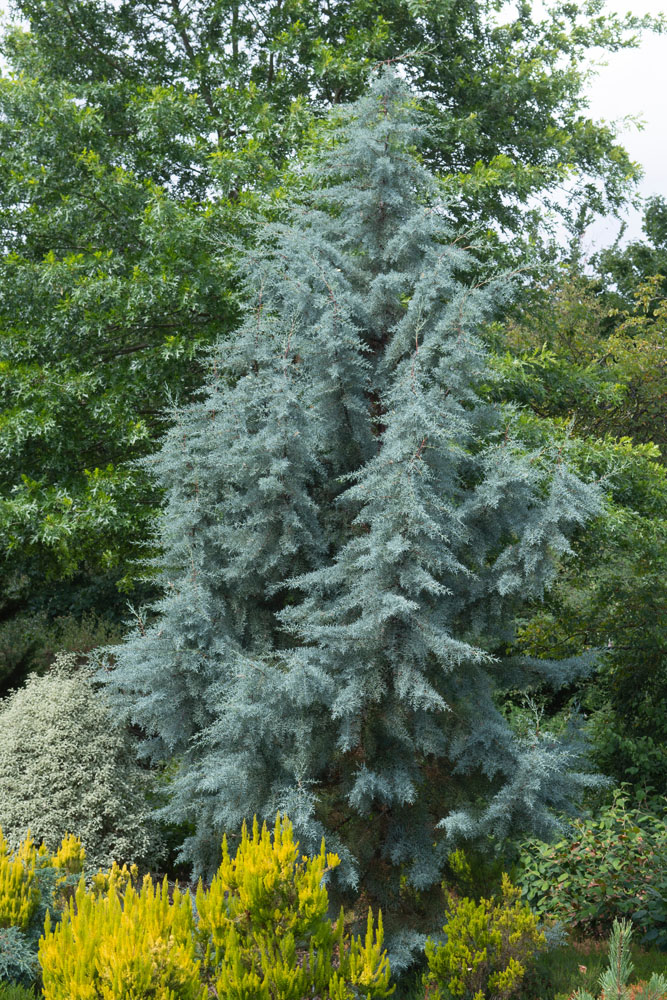Description
Cupressus – Cypress –
There are about 24 species and numerous cultivars, of long lived, evergreen, tall or dwarf, columnar to weeping or high crowned and spreading, monoecious coniferous trees, in this genus. They occur in Western USA, Mexico, Guatemala, the Himalayas, China and the Mediterranean usually in dry, open hillside forest. It produces paired, overlapping, forward pointing, scale like leaves vary from rounded to pointed at the tips, and are soft to touch or coarse and often aromatic and usually carried on symmetrical branches. The mature bark often breaks into curling or rounded scaled. Small, spherical to ovoid female cones, to 1 ½” long, ripen in the second year but usually persist on the tree, and have 5-20 seed per scale. Ovoid, green male cones to 1/8″ long, are borne at the shoot tips. Cypresses tolerate dry conditions and are excellent specimen trees.
Grow in any well drained soil (including alkaline or acidic) in full sun. Shelter from cold, dry winds.
Prone to coryneum canker, cypress canker, tip dieback, branch dieback, root rot, needle blights, bark beetles, scale insects, caterpillars, and sawfly.
C. arizonica var. glabra – Cupressus glabra – Smooth Cypress – Arizona Cypress – Rough-barked Arizona Cypress – grows 30-50′ feet tall and 12-15′ feet wide and has pointed, glaucous, blue, aromatic leaves and smooth reddish purple bark.
Zones 7-9





